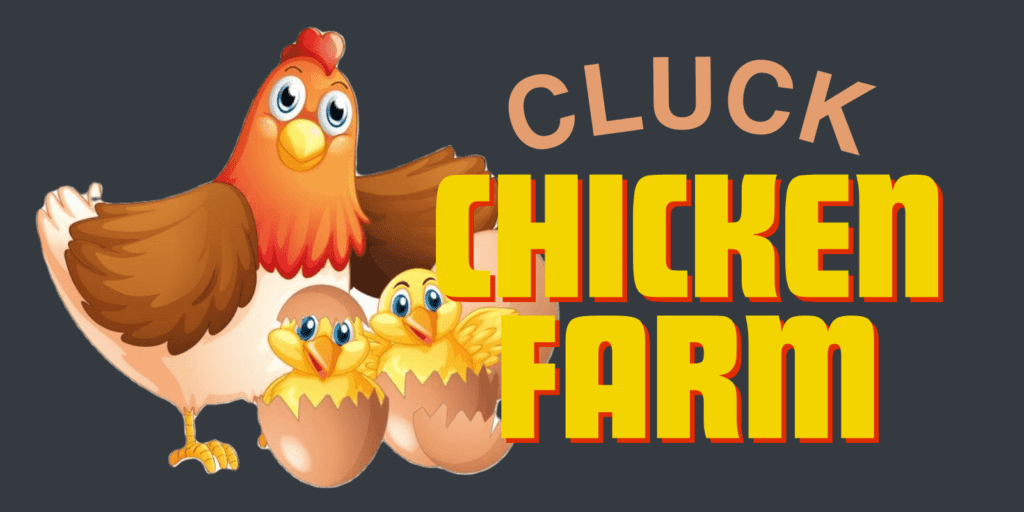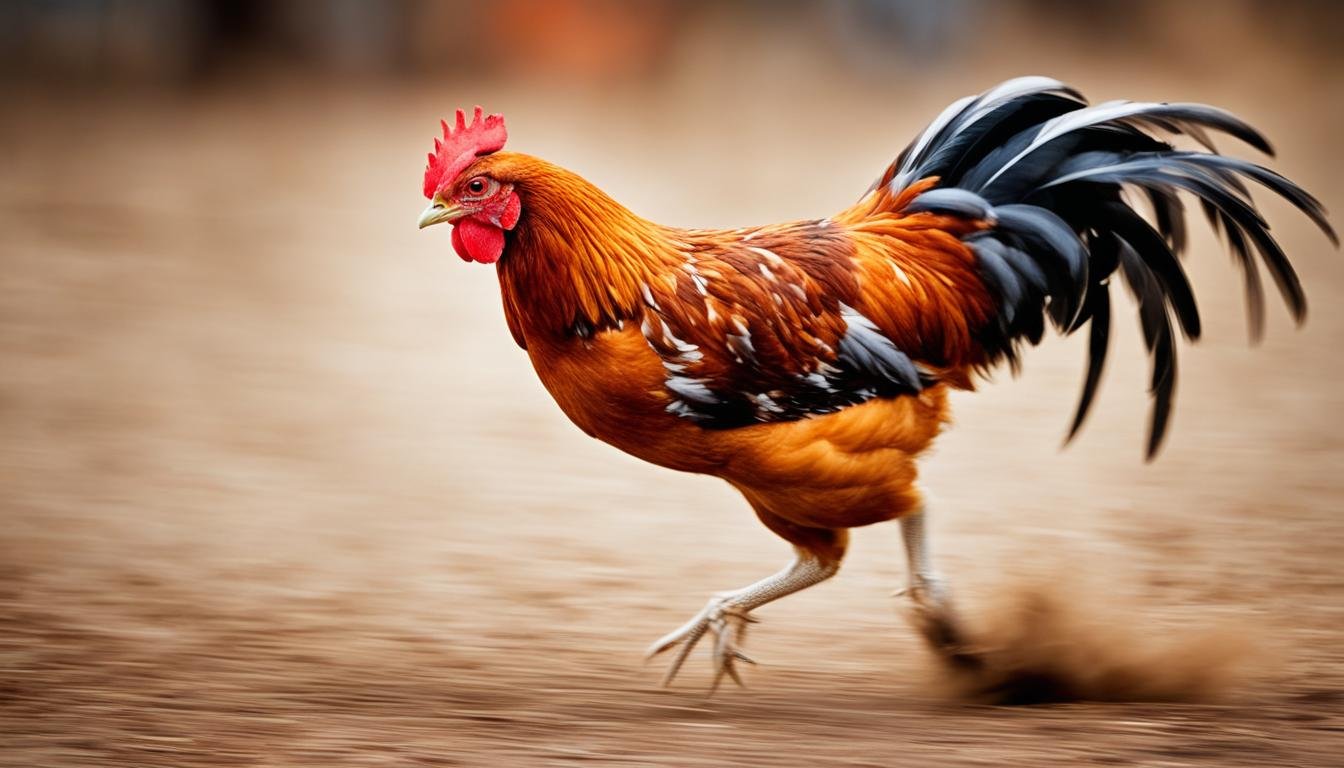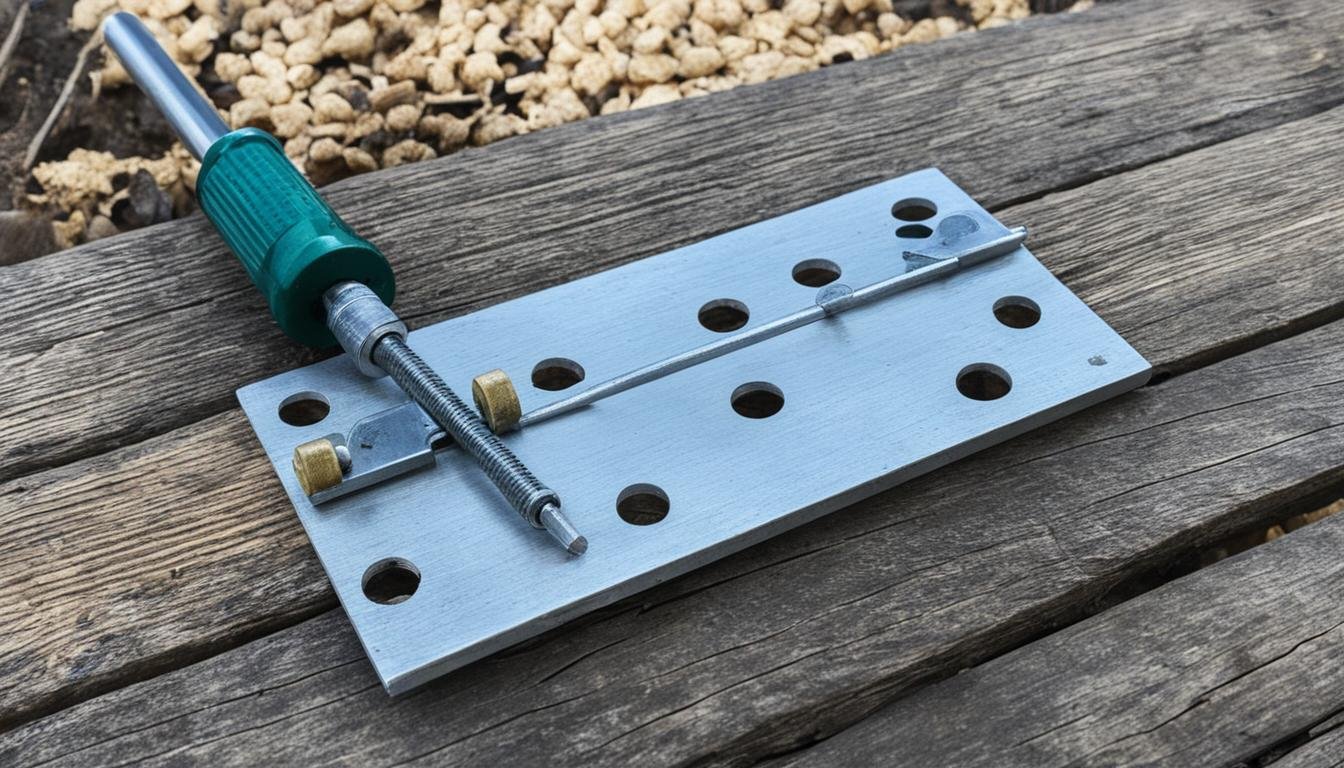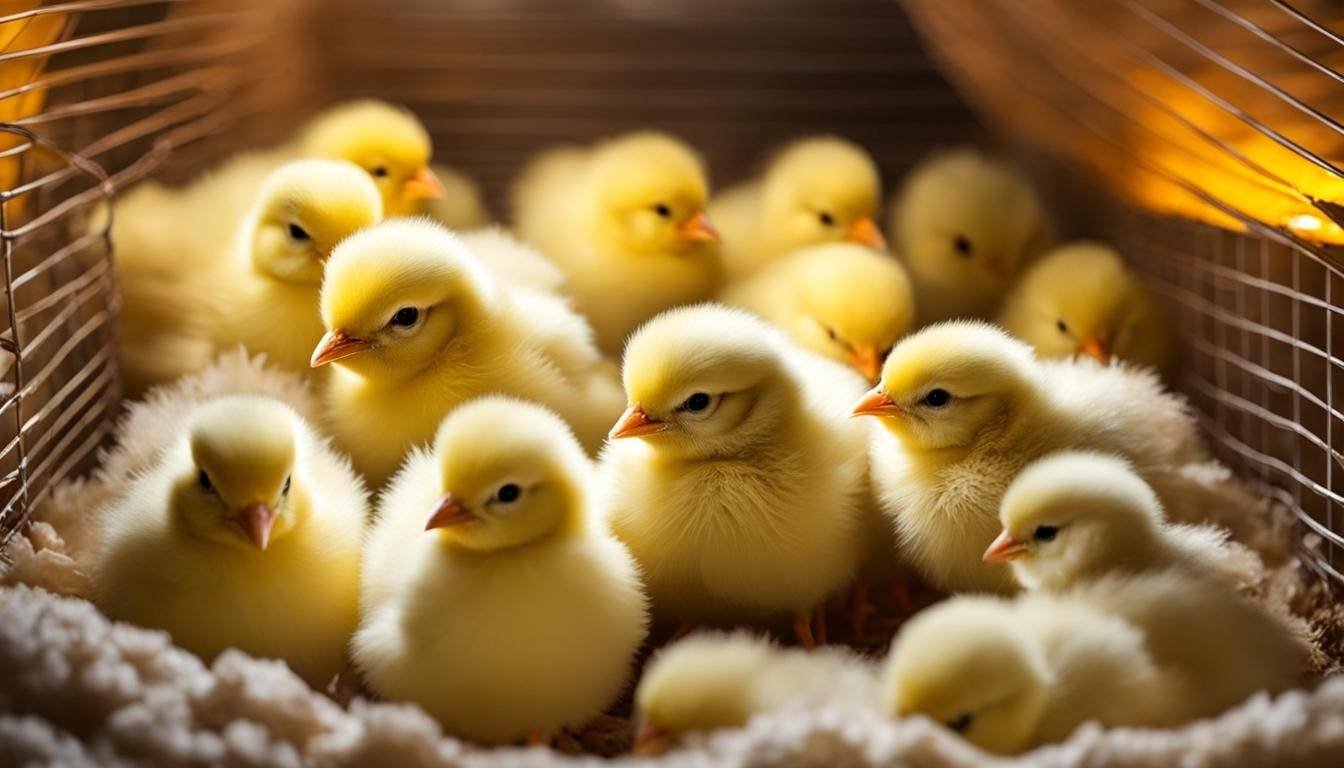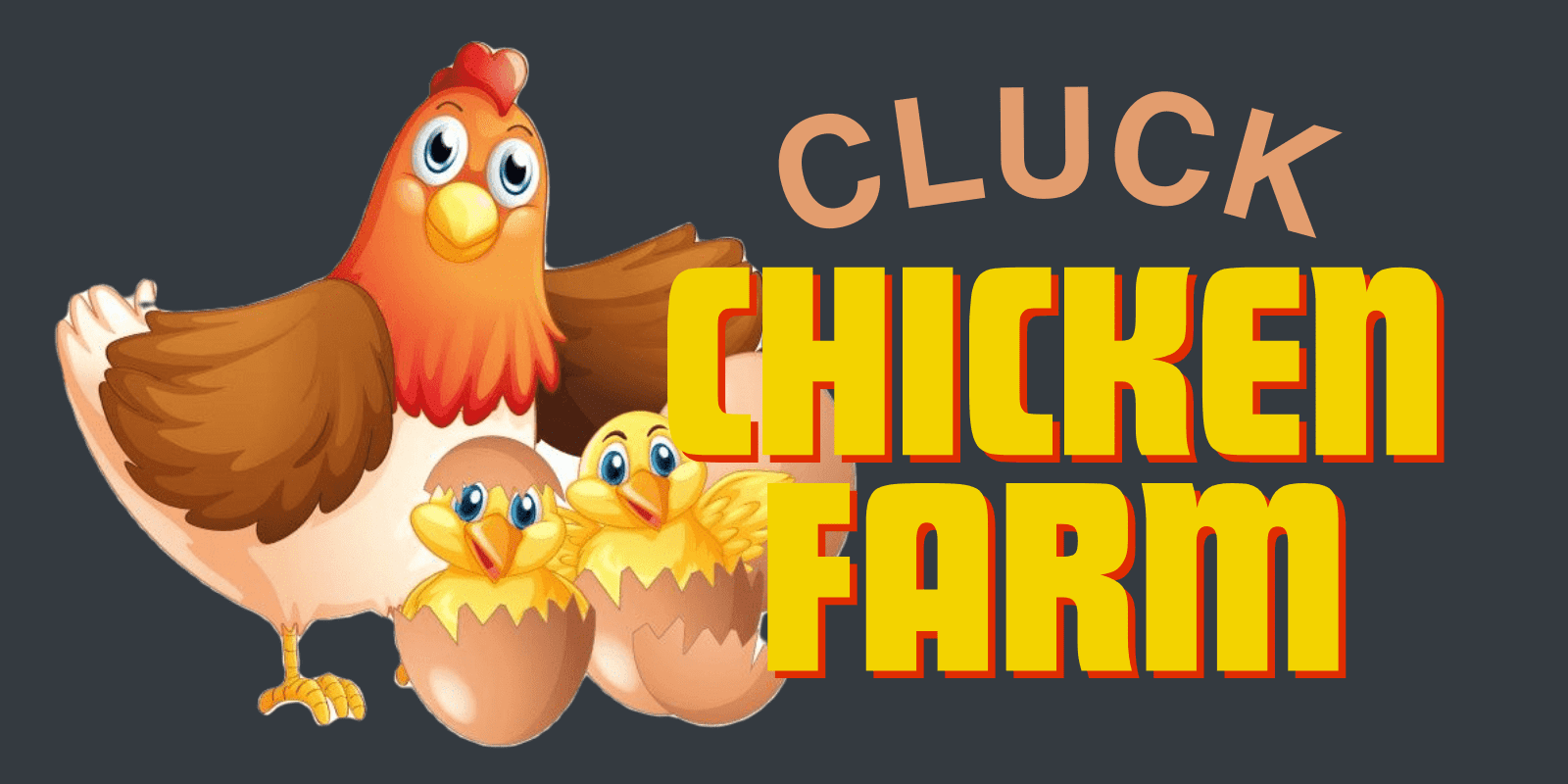If you’ve ever wondered just how fast chickens can run, you’ve come to the right place! In this article, we’ll explore the sprinting speed of chickens, shedding light on their impressive running abilities.
Have you ever seen a chicken zooming across the yard and wondered how fast they can actually go? While chickens may not be known for their speed like cheetahs or horses, they can surprise you with their agility and quickness.
On average, chickens can reach speeds of around 9 miles per hour. However, some breeds have been known to achieve bursts of speed, clocking in at an impressive 15 miles per hour! This is thanks to their strong leg muscles and unique anatomy.
Chickens have evolved with proportionately longer lower legs, which enables faster movement. This adaptation allows them to dart around and navigate their surroundings with surprising agility, making them more than just your average farmyard bird.
So, the next time you spot a chicken speeding across the yard, remember that their running abilities go beyond what meets the eye. These feathered creatures may not break speed records, but they sure know how to sprint!
Factors Affecting Chicken Speed
The average speed of a chicken and its running abilities can be influenced by various factors. Understanding these factors can shed light on why some chickens are faster than others and how their velocity can vary.
Breed
The breed of a chicken plays a significant role in determining its average speed. Different breeds have distinct genetic makeup, which can impact their running abilities. Certain breeds have been selectively bred over time to enhance their speed and agility.
Age and Health
The age and overall health of a chicken can also affect its running abilities. Younger chickens tend to be faster and more agile, as their muscles and joints are in their prime condition. Similarly, a healthy chicken with no underlying health issues can perform better in terms of speed and stamina.
| Breed | Average Speed (mph) |
|---|---|
| Rhode Island Red | 11 |
| Sussex | 9 |
| Leghorn | 7 |
Table: Comparison of average speeds of different chicken breeds
As shown in the table above, different chicken breeds exhibit varying average speeds. The Rhode Island Red breed has an average speed of 11 mph, while Sussex chickens have an average speed of 9 mph. Leghorn chickens, on the other hand, have a comparatively slower average speed of 7 mph.
Fastest Running Chicken Breeds
When it comes to chicken speed, some breeds have earned a reputation for their exceptional running abilities. Among these breeds are the Rhode Island Red and the Sussex.
The Rhode Island Red, known for its beautiful chestnut-colored feathers, is not only a popular choice for backyard flocks but also a fast runner. With proportionately long legs, this breed can reach remarkable speeds, clocking in at up to 15 miles per hour.
Similarly, the Sussex breed, with its stunning patterned feathers, is renowned for its agility and speed. Bred for their athleticism, Sussex chickens can match the top speeds of their Rhode Island Red counterparts.
These chicken breeds have been selectively bred over time to enhance their running ability. Their proportionately longer legs allow them to cover ground quickly and reach high speeds compared to other breeds. Whether it’s foraging in the backyard or evading potential threats, these fast runners have the advantage.
The Benefits of Chicken Speed
The ability for chickens to run quickly provides several benefits. In the wild, fast-running chickens have a better chance of escaping predators, increasing their chances of survival. Additionally, for domestic chickens, their speed allows them to forage and explore their environment more efficiently, finding food and resources quickly. Fast-running chickens also have better agility, enabling them to navigate their surroundings with ease.
Here are some of the advantages of fast-running chickens:
- High chances of survival in the wild by outrunning predators
- Efficient foraging and resource gathering
- Improved agility for navigating different terrains
These benefits highlight the significance of speed in a chicken’s life and why it has been favored through natural selection and selective breeding.

As we delve further into the topic, we will explore the evolution of chicken speed and the fascinating adaptations that have shaped these agile animals. Join us in the next section to learn more!
The Evolution of Chicken Speed
The evolution of chicken speed can be traced back to their dinosaur ancestors. Research has shown that dinosaurs with longer legs were better adapted for speed. Over time, as chickens evolved from their dinosaur ancestors, they developed longer legs, enabling them to run faster. This adaptation for speed was crucial for survival in the wild and has been passed down through generations of chickens.
Evolutionary Adaptations for Speed
Through the process of natural selection, chickens with longer legs had a distinct advantage over their counterparts. Longer legs allowed them to cover more ground with each stride and achieve faster speeds. This enhanced their ability to escape predators and navigate their environment efficiently.
Additionally, other anatomical features evolved in chickens to support their speed. The muscular structure of their legs became more developed, providing the necessary strength and power for quick and agile movements. These adaptations allowed chickens to exploit their speed to the fullest extent.
Selective Breeding and Human Influence
As humans domesticated chickens, the selective breeding process further enhanced their speed. Breeders focused on developing strains that exhibited exceptional speed and agility. By carefully selecting individuals with the desired traits, breeders were able to increase the overall running abilities of chickens.
Today, there are specific chicken breeds known for their exceptional speed. These breeds have been bred for generations to maximize their running potential. They possess the genetic traits inherited from their dinosaur ancestors, enabling them to maintain their speed and adaptability.
Implications for Chicken Behavior
The evolution of speed in chickens has marked implications for their behavior and survival. In the wild, chickens rely on their speed to evade predators and increase their chances of survival. Being able to run at high speeds allows them to outrun predators such as foxes and hawks, giving them a better chance of escape.
Moreover, the adaptation for speed also influences their foraging behavior. Fast-running chickens are more efficient at finding food and resources in their environment. Their ability to cover a larger area in a shorter amount of time enables them to locate food sources quickly, making them more adept at feeding and sustaining themselves.

In summary, the evolution of chicken speed can be attributed to their dinosaur ancestry and the selective breeding practices of humans. Over time, chickens have developed longer legs and enhanced muscle structure to facilitate their swift movements. This evolution has provided them with significant advantages in the wild, including evading predators and efficiently obtaining food. The ongoing evolution of chicken speed showcases the remarkable adaptations and resilience of these feathered creatures.
Conclusion
While chickens may not be the speedsters of the animal kingdom, they are certainly capable of reaching impressive speeds for their size. Through a combination of evolution and selective breeding, certain chicken breeds have been developed to be exceptional runners. Their ability to run quickly provides them with a range of advantages, including escaping from predators and efficiently exploring their environment.
Although they cannot match the sprinting speed of cheetahs or horses, chickens possess surprising agility and athleticism. Their leg muscle strength and anatomical adaptations, such as proportionately longer lower legs, enable them to achieve speeds of up to 15 miles per hour in short bursts. This agility allows chickens to navigate their surroundings with ease, making them more adaptable to their environment.
In summary, the running abilities of chickens, while often underestimated, play a significant role in their survival and well-being. Their speed gives them an edge when it comes to evading predators, helping them to stay one step ahead. Whether in the wild or as domesticated poultry, chickens prove that they are much more than just barnyard birds.
